London captivates visitors with its iconic landmarks, world-class museums, and vibrant neighborhoods, but the capital’s convenient rail connections make it the perfect base for exploring much more of England. Even with limited vacation time, travelers can easily escape the urban energy and experience completely different landscapes and atmospheres without changing hotels or booking additional accommodations.
Here is a list of 20 day trips from London that will transport you to what feels like another world.
Brighton

This seaside gem combines traditional British beach holiday charm with an eccentric, alternative spirit just an hour from London. The Royal Pavilion’s exotic onion domes and extravagant interiors showcase the Prince Regent’s flamboyant taste in a building that looks more at home in India than in southern England.
The warren-like Lanes shopping district feels worlds away from London’s organized grid, with independent boutiques and jewelry shops occupying former fishermen’s cottages connected by twisting alleyways barely wide enough for two people to pass.
Oxford
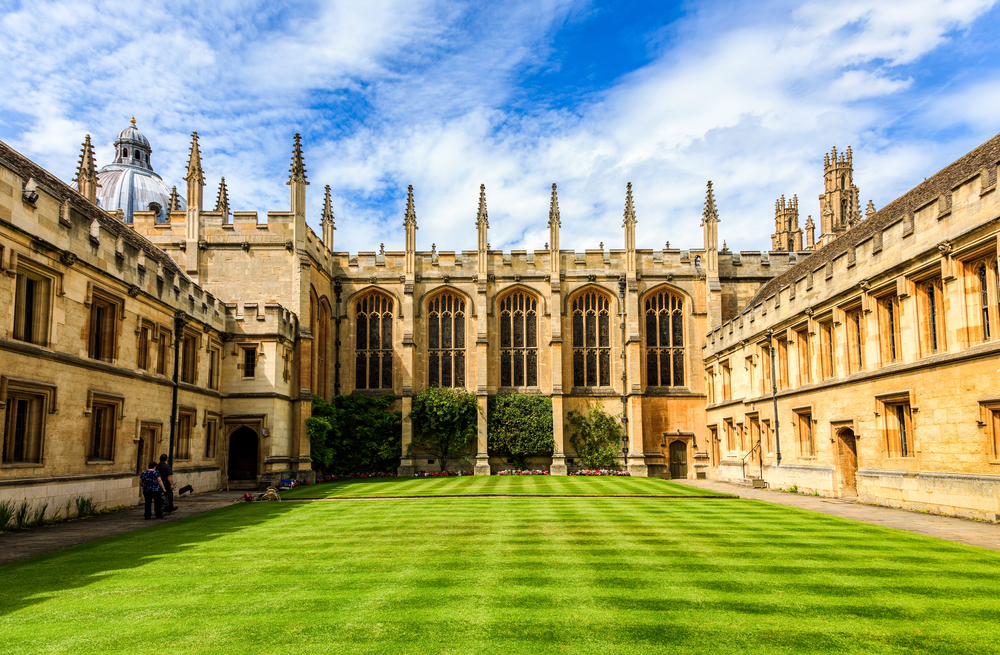
The ‘City of Dreaming Spires’ transports visitors to a place where time moves differently, governed by academic terms rather than business quarters. College quads hidden behind medieval walls reveal manicured lawns where only fellows may tread, and dining halls that inspired Hogwarts.
The covered market, dating from the 1770s, offers artisanal foods and handcrafted goods from local producers, creating a shopping experience entirely different from London’s department stores and high street chains.
Like Travel Pug’s content? Follow us on MSN.
Rye
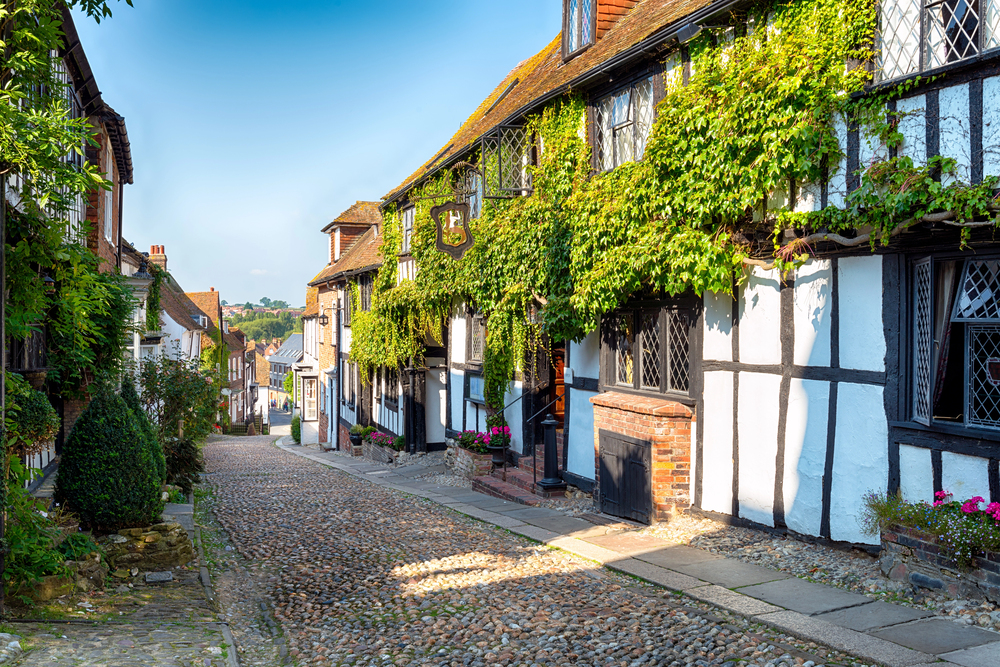
This perfectly preserved medieval town in East Sussex feels like stepping directly into the pages of a historical novel. Cobbled Mermaid Street climbs steeply between half-timbered houses with quirky names like ‘The House Opposite’ and ‘The House with Two Front Doors.’
The surrounding Romney Marsh landscape creates a misty, atmospheric backdrop that has inspired writers and artists for centuries. With no chain stores in sight and buildings dating back to the 13th century, Rye exists in its own timeless bubble just 90 minutes from London.
Whitstable
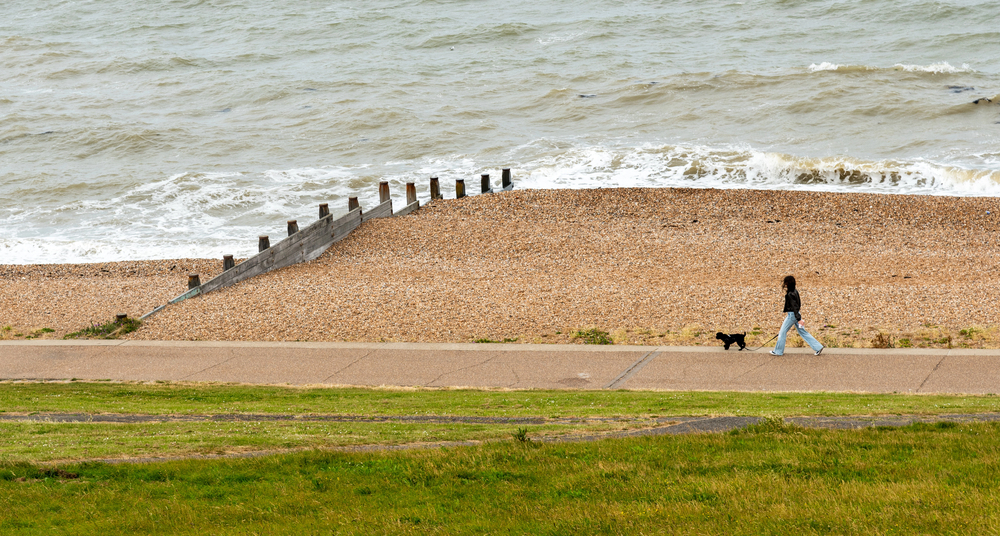
This working fishing village on the Kent coast offers a refreshing maritime atmosphere centered around its fresh seafood culture. Colorful wooden huts line the shingle beach where visitors can sample famous Whitstable oysters practically straight from the sea.
The harbor’s weathered timber structures and boats resting on mud at low tide create scenes more reminiscent of New England than southeast England. The absence of amusement arcades and tourist attractions typical of larger seaside resorts maintains Whitstable’s authentic coastal character.
Stratford-upon-Avon
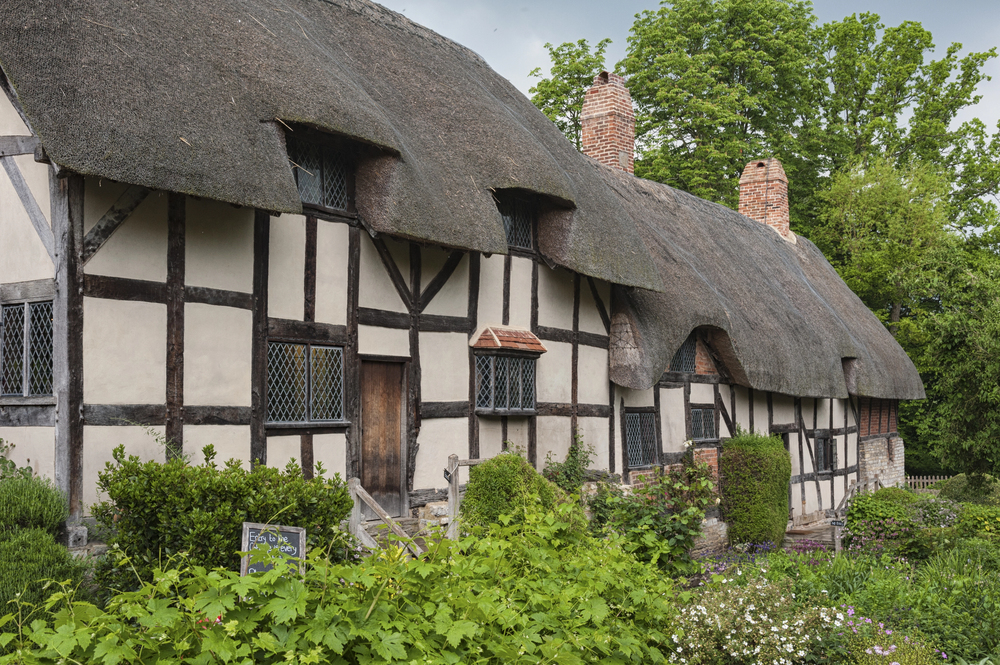
Shakespeare’s birthplace combines Tudor architecture with theatrical heritage in a riverside setting that feels centuries removed from modern London. The town embraces its literary connections without becoming a theme park, balancing contemporary life with the preservation of its historical character.
Watching swans glide past on the River Avon while enjoying a cream tea presents the quintessential English countryside experience in stark contrast to London’s urban rhythms and sounds.
Like Travel Pug’s content? Follow us on MSN.
Bath
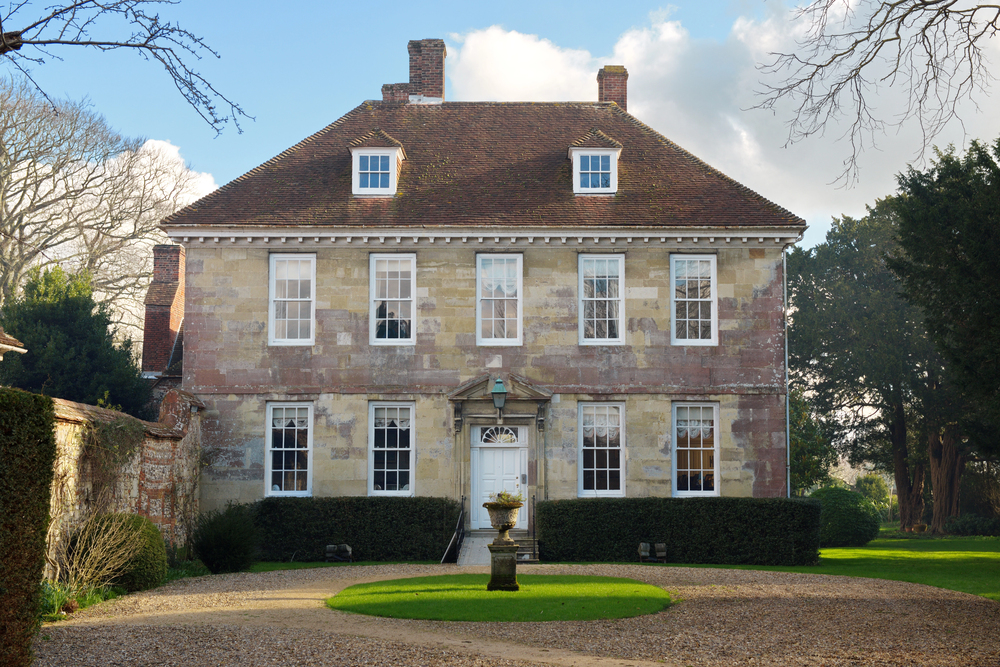
The golden-hued Georgian architecture of this UNESCO World Heritage city creates a harmonious urban landscape unlike any other in Britain. Roman baths hidden below modern street level reveal the city’s ancient origins as a spa destination.
The perfectly preserved Royal Crescent’s sweeping curve offers a masterclass in 18th-century urban planning and architectural uniformity that contrasts with London’s eclectic mix of building styles from different eras competing for attention.
Cambridge
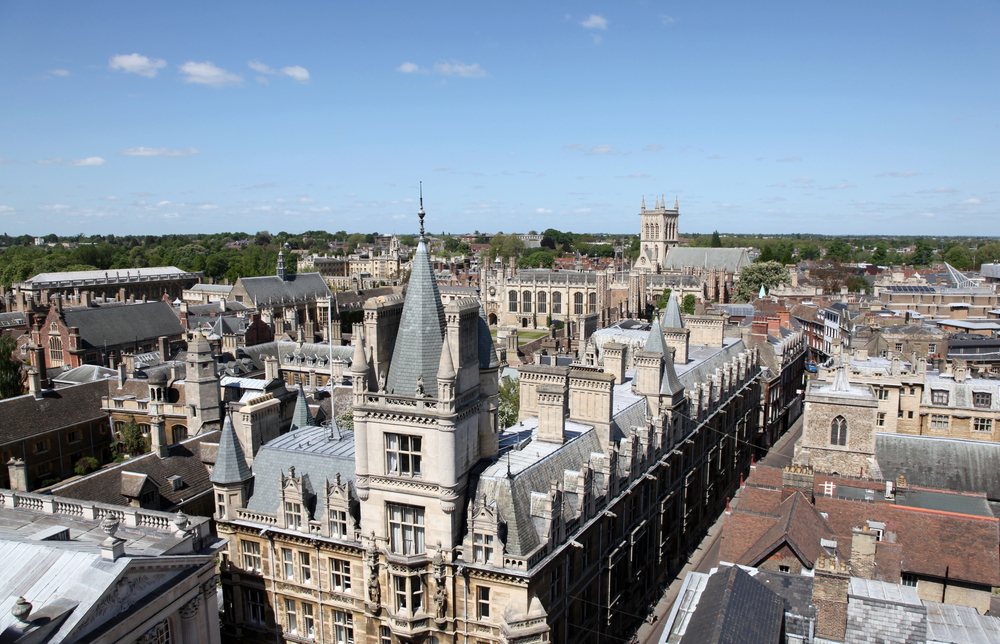
The famous “Backs”, where college buildings face the River Cam, create a serene academic landscape that has changed little in centuries. Punting along the river beneath mathematical bridges and weeping willows offers a different perspective than anything in London.
The sense of scholarly tradition permeates every corner, from ancient libraries housing priceless manuscripts to pubs where scientific breakthroughs have been scribbled on napkins.
The Cotswolds
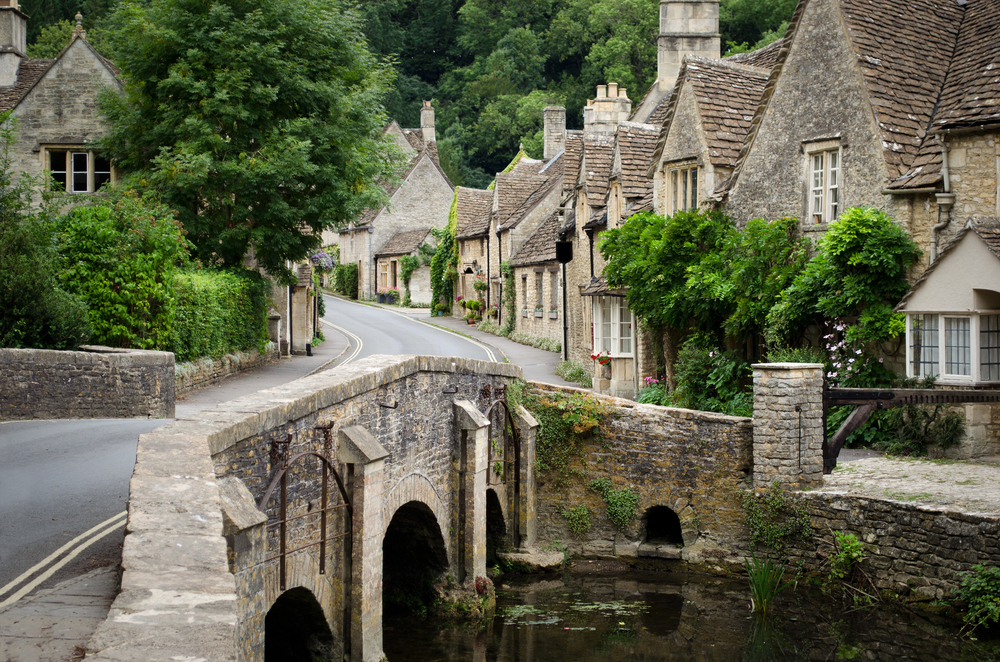
This rolling landscape of honey-colored villages and gentle hills embodies rural England at its most picturesque. Communities like Castle Combe and Bourton-on-the-Water feature stone cottages with roses climbing around doorways that look straight out of a traditional English calendar.
The timeless quality of market squares where farmers have gathered for centuries provides the perfect antidote to London’s constant reinvention and modernization.
Like Travel Pug’s content? Follow us on MSN.
Canterbury
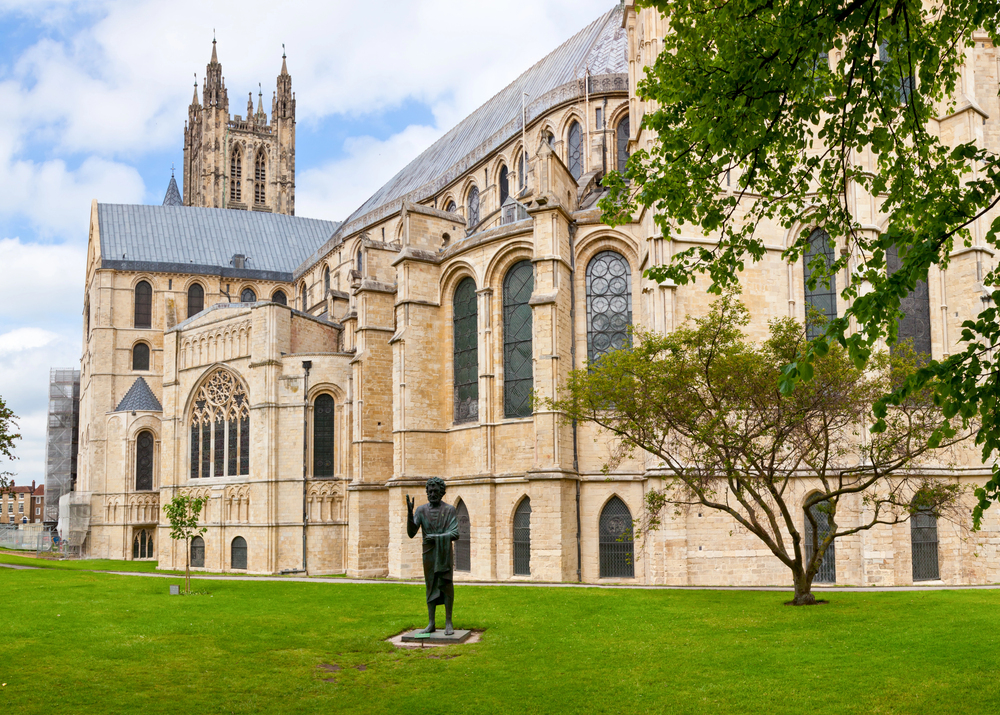
The journey to this cathedral city follows the same route taken by Chaucer’s pilgrims over 600 years ago. The magnificent cathedral that dominates the skyline houses stories of murder, miracles, and monarchy within its stone walls.
Narrow lanes with overhanging medieval buildings create intimate spaces that encourage exploration at a walking pace, forcing visitors to slow down and absorb details impossible to appreciate at London’s hurried tempo.
Hampton Court Palace
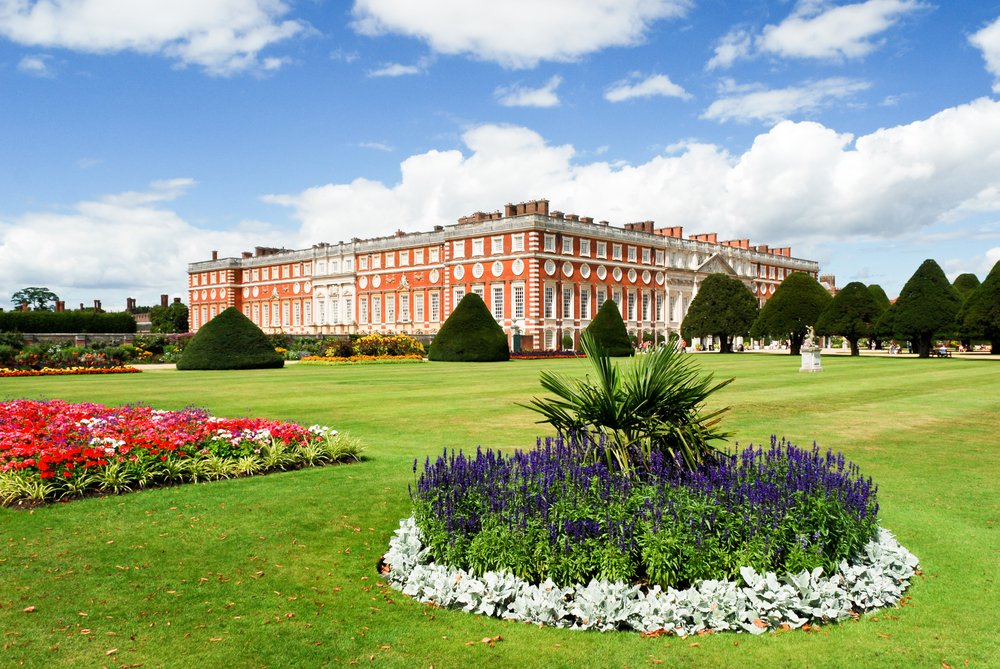
Though technically within Greater London, this Tudor palace creates its own self-contained historical world along the Thames. The contrast between Henry VIII’s Tudor great hall and William III’s baroque additions demonstrates changing royal tastes across centuries.
The famous maze and meticulously restored gardens transport visitors to different eras through historically accurate plantings and design principles rarely found in modern landscapes.
Winchester
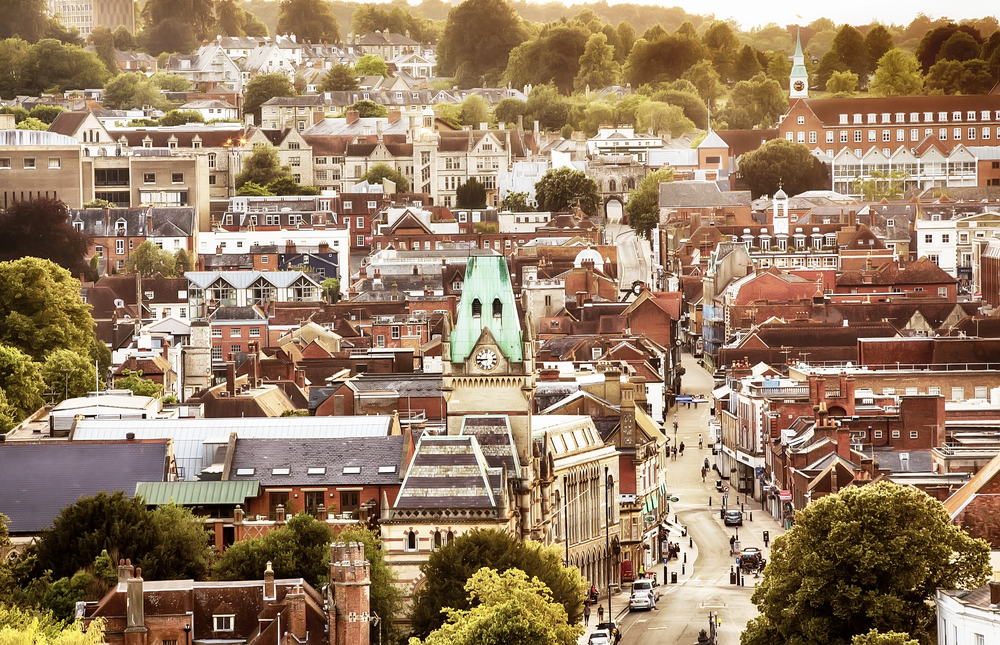
The ancient capital of England feels like a complete country town with its own distinct rhythm and character, just an hour from London. The longest medieval cathedral in Europe anchors a city that balances historical significance with contemporary life in perfect proportion.
The River Itchen flows through water meadows where the novelist Jane Austen took her final walks, creating peaceful vistas that contrast sharply with London’s controlled parklands.
Like Travel Pug’s content? Follow us on MSN.
St Albans

Roman ruins, a magnificent Norman cathedral, and medieval streets combine in this often-overlooked gem just 20 minutes from London by train. The city’s street market—one of the oldest in Britain—has operated continuously since Saxon times, selling goods along the same stretch for over 1,000 years.
This direct connection to the past creates an atmosphere where history feels accessible rather than preserved behind museum glass.
Margate

This seaside town’s renaissance combines traditional British beach culture with cutting-edge contemporary art. The Turner Contemporary gallery’s sleek modern architecture starkly contrasts with the vintage amusement park Dreamland, with its restored 1920s scenic railway.
The town’s revival has attracted creative businesses to its old town, filling Victorian shopfronts with ceramics studios, independent bookshops, and vinyl record stores, creating a distinctly different retail experience from London’s commercial districts.
Leeds Castle
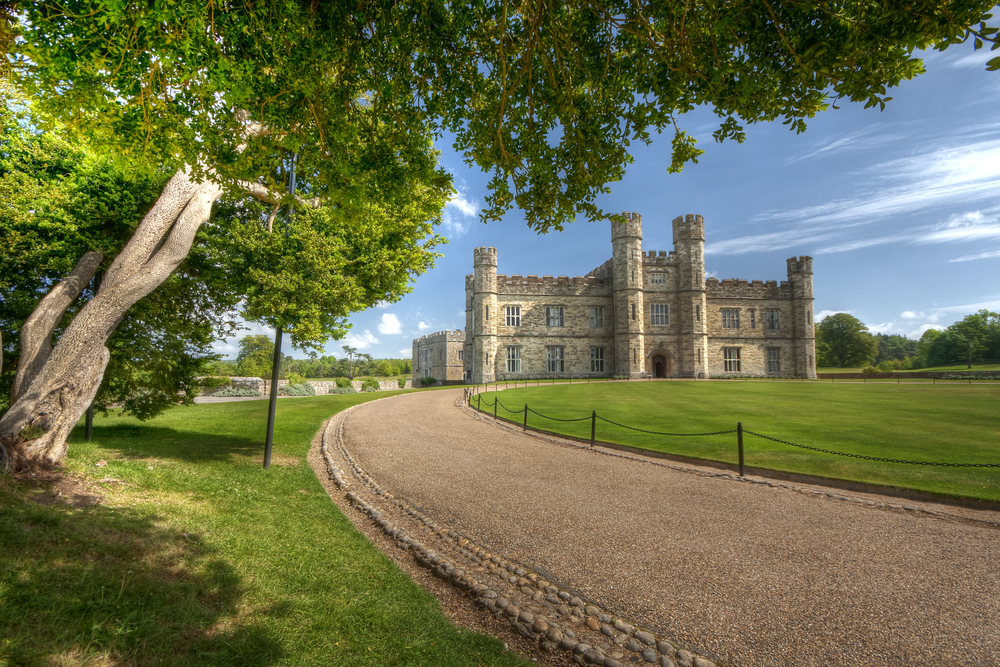
Despite its name, this moated castle sits in Kent, not Yorkshire, and rises from its own lake like something from a fairytale. The 500-acre grounds include formal gardens, woodland walks, and a maze that culminates in an underground grotto lined with shells and minerals.
The castle’s interior showcases different periods from medieval royal apartments to 1930s country house weekend elegance, creating multiple historical worlds within one destination.
Like Travel Pug’s content? Follow us on MSN.
Hever Castle

Anne Boleyn’s childhood home in Kent combines romantic castle architecture with award-winning gardens just an hour from central London. The castle’s intimate scale allows visitors to imagine it as a family home rather than an imposing fortress or palace.
The Italian Garden, created by William Waldorf Astor, features classical statuary collected from throughout Europe, transporting visitors to a Mediterranean landscape in the heart of the English countryside.
Windsor
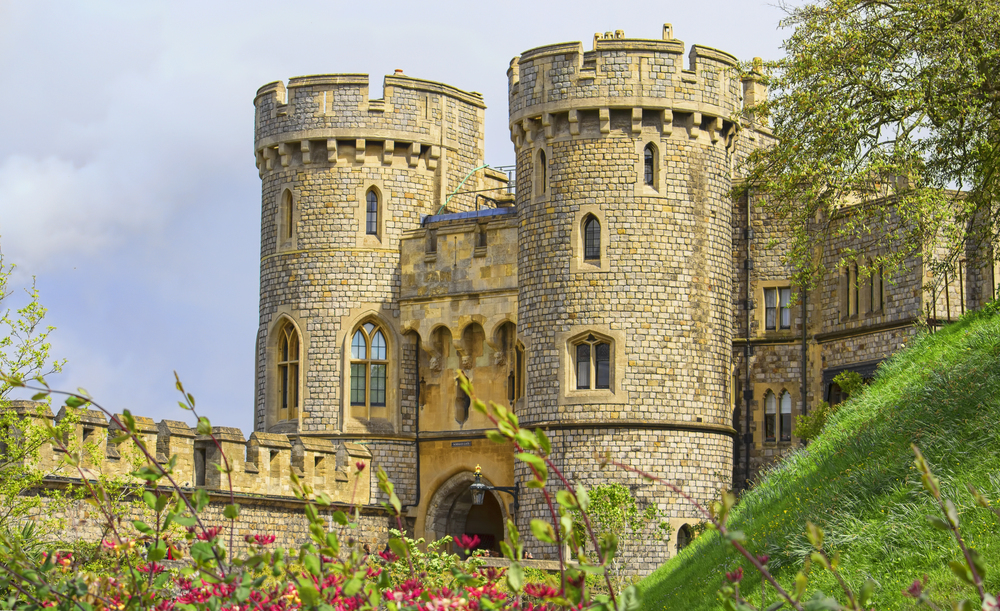
Though famous for its enormous castle, the town itself offers a complete royal experience with ancient alleyways, riverside walks, and ceremonial traditions. The Long Walk’s straight three-mile avenue through deer parkland to the castle creates a formal landscape on a scale impossible to find in London.
Watching the Changing of the Guard ceremony in a much more intimate setting than Buckingham Palace provides a different perspective on royal pageantry.
Lewes
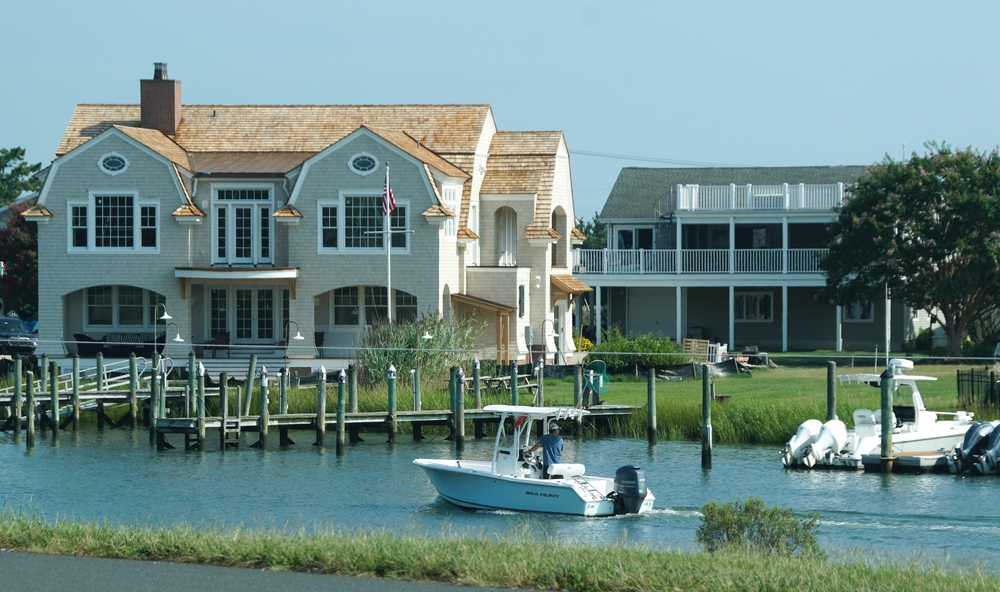
This hillside town in Sussex maintains a fiercely independent character, most dramatically expressed during its famous November 5th bonfire celebrations. The steep, twisting High Street, lined with independent bookshops, antique stores, and pubs, creates a community that feels deliberately removed from mainstream culture.
The surrounding South Downs landscape offers open chalk grassland vistas that contrast dramatically with London’s tightly controlled parks and gardens.
Like Travel Pug’s content? Follow us on MSN.
Dungeness
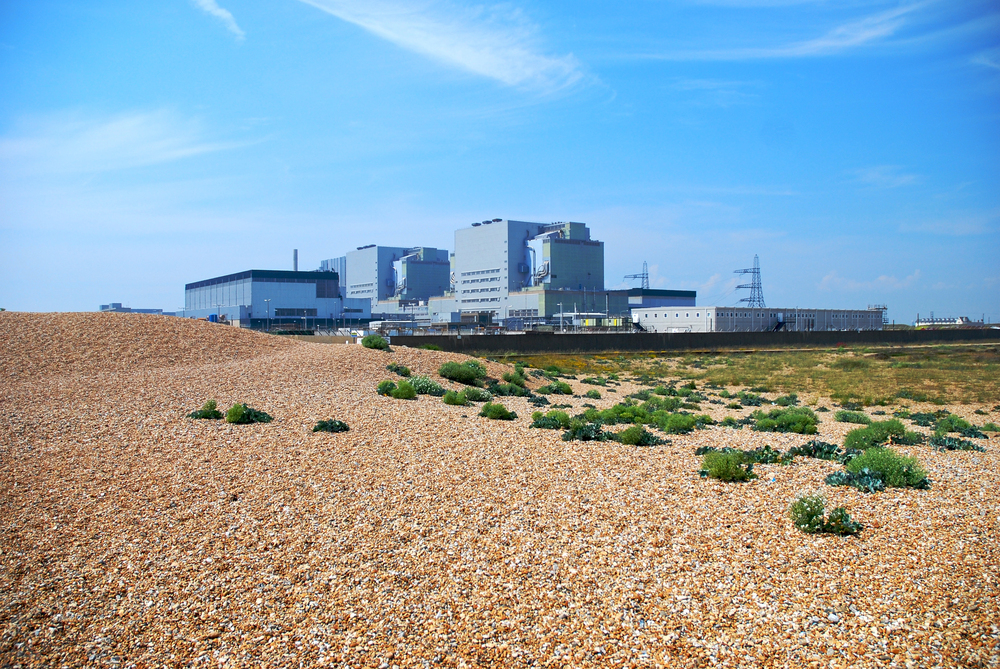
This otherworldly landscape on a shingle headland creates one of the strangest environments in Britain. Wooden fishing huts, abandoned boats, miniature railway tracks, and two nuclear power stations combine to create what feels like a post-apocalyptic film set.
The vast open skies and horizontal vistas produce a sense of space entirely different from London’s vertical emphasis and crowded skyline, making the capital seem a world away despite being just over two hours by train.
Arundel
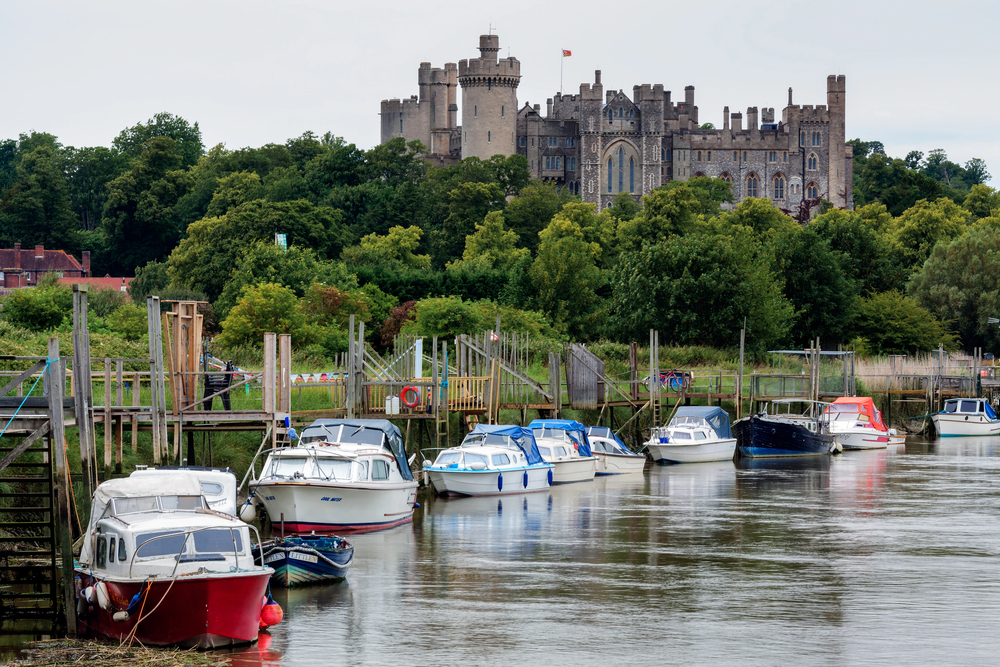
The fairytale castle rising above this West Sussex town creates a skyline straight from a medieval manuscript illumination. The town’s steep streets, lined with antique shops and tearooms, cater to visitors without losing their authentic character.
The wetlands nature reserve, where kingfishers dart across open water and reeds whisper in the breeze, provides a natural counterpoint to the built environment, creating multiple worlds to explore within one small area.
Greenwich
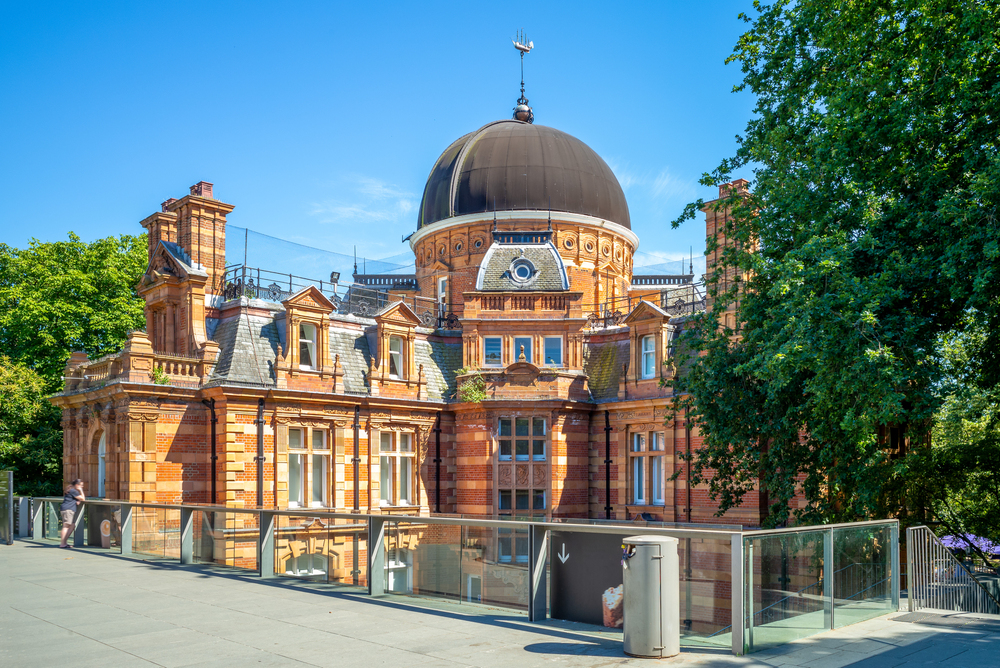
Though technically part of London, crossing the Thames to Greenwich via the foot tunnel or riverboat creates the feeling of entering a separate world with its distinct maritime character. The Royal Observatory’s prime meridian line allows visitors to stand with one foot in the eastern hemisphere and one in the western—literally straddling worlds.
The covered market, expansive park, and naval architecture create an atmosphere more akin to a self-contained historic port town than a London district, despite its inclusion within the capital’s boundaries.
Like Travel Pug’s content? Follow us on MSN.
Beyond The Boundaries
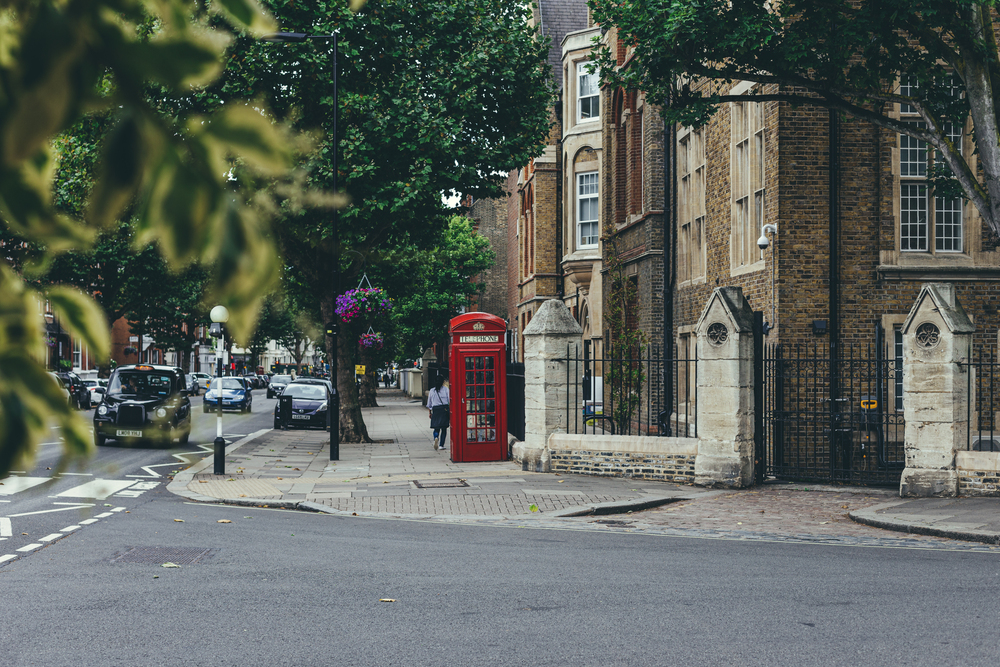
These twenty destinations reveal how geographical proximity fails to capture the true distance between places. Each location maintains its unique sense of identity despite London’s powerful gravitational pull, preserving architectural heritage, natural landscapes, and cultural traditions that provide complete scene changes within easy reach.
The contrast between London’s constant forward momentum and these places where different relationships with time persist offers perhaps the most valuable aspect of these journeys—the reminder that multiple worlds exist simultaneously within this small island nation, each just a train ride away.
More from Travel Pug

- Cities Growing so Fast You Won’t Recognize Them in 10 Years
- 13 Destinations Where Tourists Regularly Regret Their Trip
- 16 U.S. Cities That Are Quietly Becoming Travel Hotspots
- Where to Travel If You Love Long Bus Rides and Daydreams
- 20 Cities Perfect for Solo Travelers Who Crave Adventure & Culture
Like Travel Pug’s content? Follow us on MSN.
